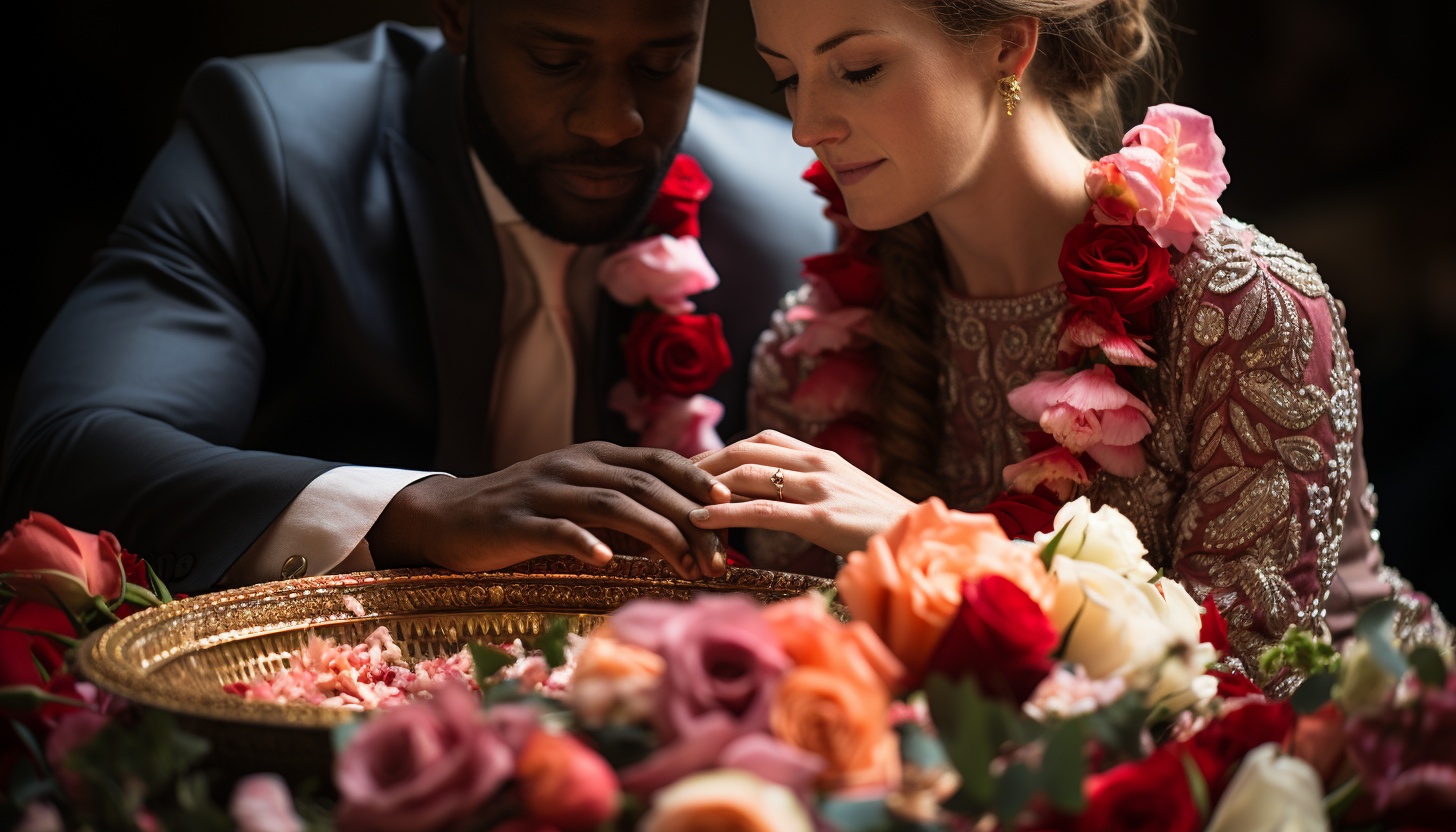
Dating Beyond Borders: Embracing Cultural Differences in Relationships
Imagine a world where love knows no boundaries, where cultural differences become a source of connection rather than a barrier.
In the realm of relationships, dating beyond borders opens up a world of possibilities, allowing you to embrace the richness of diverse traditions and customs.
Navigating the challenges of communication, balancing individual identities with cultural influences, and overcoming stereotypes and prejudice all become part of the journey.
Join us as we explore the beauty of cross-cultural connections and the transformative power of love.
The Beauty of Cross-Cultural Connections

Embrace the richness of cross-cultural connections and discover the beauty they bring to your relationships. When you open yourself up to dating someone from a different culture, you allow for a beautiful exchange of ideas, values, and traditions. These connections can enhance your understanding of the world and enrich your own personal growth.
One of the most beautiful aspects of cross-cultural relationships is the opportunity to learn from one another. Each culture has its own unique way of seeing the world, and by embracing these differences, you open yourself up to a whole new perspective. You may discover new culinary delights, learn about different religious practices, or gain insights into alternative ways of thinking. These experiences can broaden your horizons and deepen your appreciation for diversity.
Moreover, cross-cultural connections can foster empathy and understanding. As you navigate the intricacies of another culture, you develop a heightened sensitivity to the experiences and struggles of others. This empathy can translate into more compassionate and inclusive relationships, where both partners are willing to learn from and support each other.

How can you effectively navigate communication challenges in cross-cultural relationships? Building a strong foundation of understanding and empathy is key to overcoming these challenges. Here are some strategies to help you navigate communication hurdles in your cross-cultural relationship:
– Cultivate active listening skills:
– Be present and fully engaged in conversations, giving your partner your undivided attention.
– Show empathy and understanding by acknowledging their perspective, even if it differs from your own.
– Foster open and honest communication:
– Create a safe space where both partners feel comfortable expressing their thoughts and feelings.
– Encourage open dialogue by being non-judgmental and avoiding assumptions.
– Embrace non-verbal communication:
– Recognize that gestures, facial expressions, and body language may carry different meanings in different cultures.
– Take the time to learn about your partner’s cultural norms and non-verbal cues to avoid misunderstandings.
– Seek clarification when needed:
– Don’t hesitate to ask for clarification if something is unclear or if you’re unsure about cultural nuances.
– Be patient and understanding as you both navigate language barriers and cultural differences.
Embracing Traditions and Customs

As you continue to navigate the challenges of cross-cultural communication, it’s important to embrace the traditions and customs of your partner’s culture. Traditions and customs are an integral part of a person’s identity and play a significant role in shaping their values, beliefs, and behaviors. By embracing these traditions and customs, you not only show respect for your partner’s heritage but also open yourself up to new experiences and perspectives.
Embracing traditions and customs can deepen your understanding of your partner’s culture and foster a stronger bond between the two of you. It allows you to participate in celebrations, rituals, and activities that hold special meaning for your partner and their community. By actively engaging in these traditions, you demonstrate your willingness to learn and grow together, creating a sense of unity and shared experiences.
Moreover, embracing traditions and customs can also help bridge cultural gaps and promote mutual understanding. It provides an opportunity for you to learn about different cultural practices, values, and norms, which can lead to a more open-minded and inclusive perspective. It encourages dialogue and fosters a sense of curiosity, allowing you to explore and appreciate the richness and diversity of your partner’s culture.
Embracing traditions and customs, however, doesn’t mean losing your own cultural identity. It’s important to find a balance between embracing your partner’s traditions and maintaining your individuality. In the next section, we’ll explore the topic of balancing individual identity and cultural influence in cross-cultural relationships.
Balancing Individual Identity and Cultural Influence

To maintain a sense of self while navigating a cross-cultural relationship, it’s crucial to strike a balance between honoring your individual identity and embracing the cultural influence of your partner.
It can be tempting to fully immerse yourself in your partner’s culture, but it’s important to remember that your own identity is equally valuable.
Here are some tips to help you find that balance:
– Embrace curiosity: Be open to learning about your partner’s culture and traditions. Ask questions, participate in their customs, and show genuine interest. This won’t only deepen your understanding of their background but also allow you to appreciate the richness of diversity.
– Communicate openly: Discuss your values, beliefs, and cultural practices with your partner. This will help both of you understand each other’s perspectives and find common ground. It’s essential to have open and honest conversations about how your individual identities and cultural influences can coexist harmoniously.
Overcoming Stereotypes and Prejudice

To overcome stereotypes and prejudice in a cross-cultural relationship, you must challenge your own biases and actively promote understanding and acceptance. It’s essential to recognize that stereotypes are often based on limited knowledge and generalizations, which can lead to unfair judgments and misunderstandings. By acknowledging your own biases, you can begin the process of unlearning them and opening yourself up to new perspectives.
One way to overcome stereotypes and prejudice is through education and exposure. Take the time to learn about your partner’s culture, traditions, and beliefs. Engage in meaningful conversations that allow you to share your own experiences and learn from each other. By doing so, you can dispel misconceptions and develop a deeper understanding of each other’s backgrounds.
It is also important to challenge the stereotypes that society imposes on your relationship. Be proud of your cross-cultural love and share your experiences with others. By sharing your story, you can inspire others to embrace diversity and challenge their own biases.
Inevitably, there will be moments of misunderstanding or discomfort in your relationship. When faced with these challenges, approach them with empathy and patience. Communicate openly and honestly, seeking to understand rather than judge. Remember that overcoming stereotypes and prejudice requires ongoing effort and a willingness to grow together.
Conclusion
In conclusion, navigating cultural differences in relationships can be both challenging and rewarding. Embracing the beauty of cross-cultural connections allows for growth and understanding.
While communication challenges may arise, they can be overcome with patience and openness. By embracing traditions and customs, couples can create a unique blend of cultures that enriches their relationship.
It’s important to balance individual identity with the influence of culture, fostering a sense of unity and respect. Overcoming stereotypes and prejudice strengthens the bond, creating a love that transcends borders.





